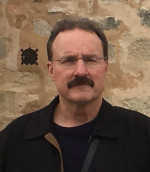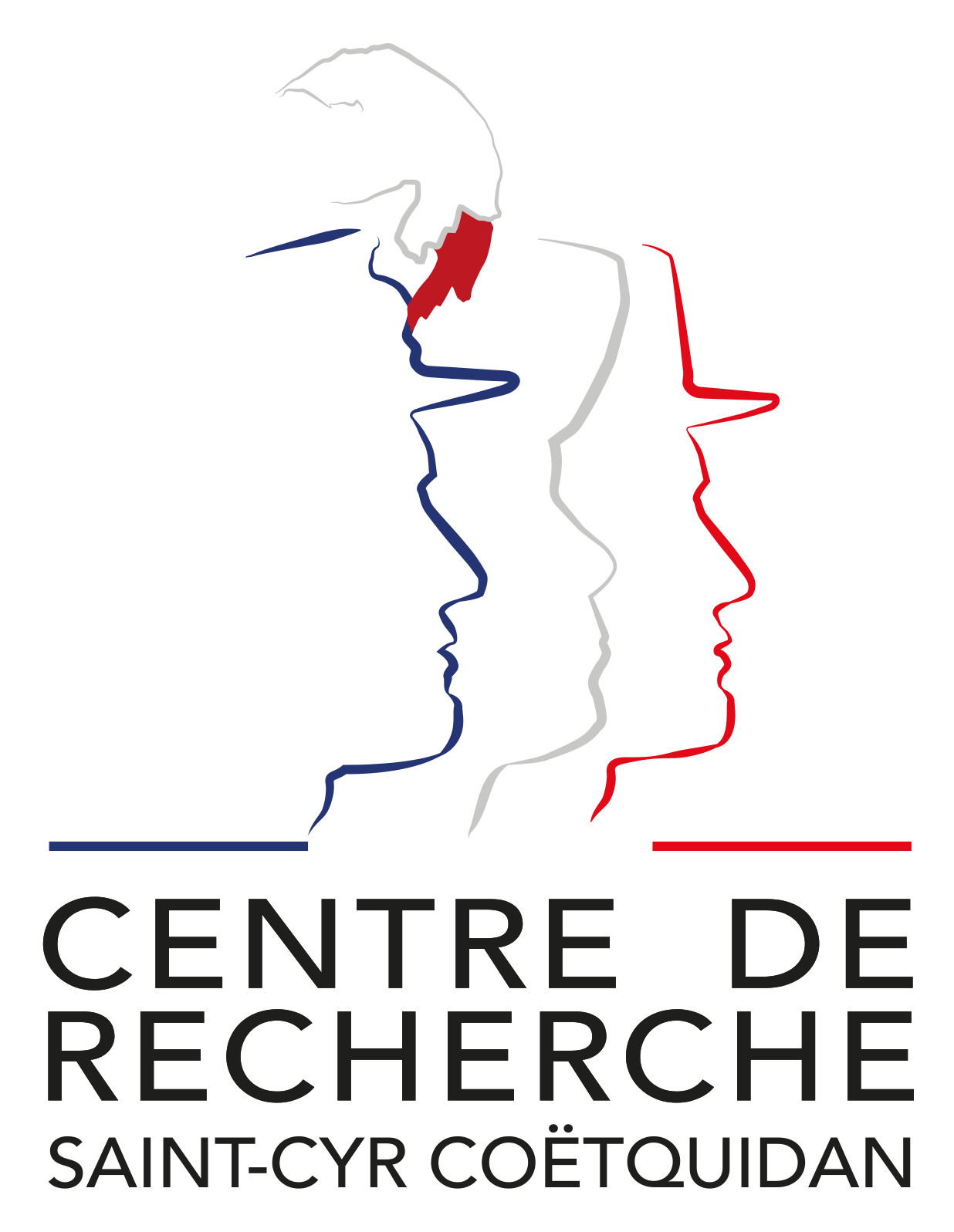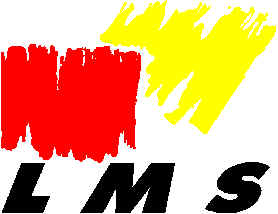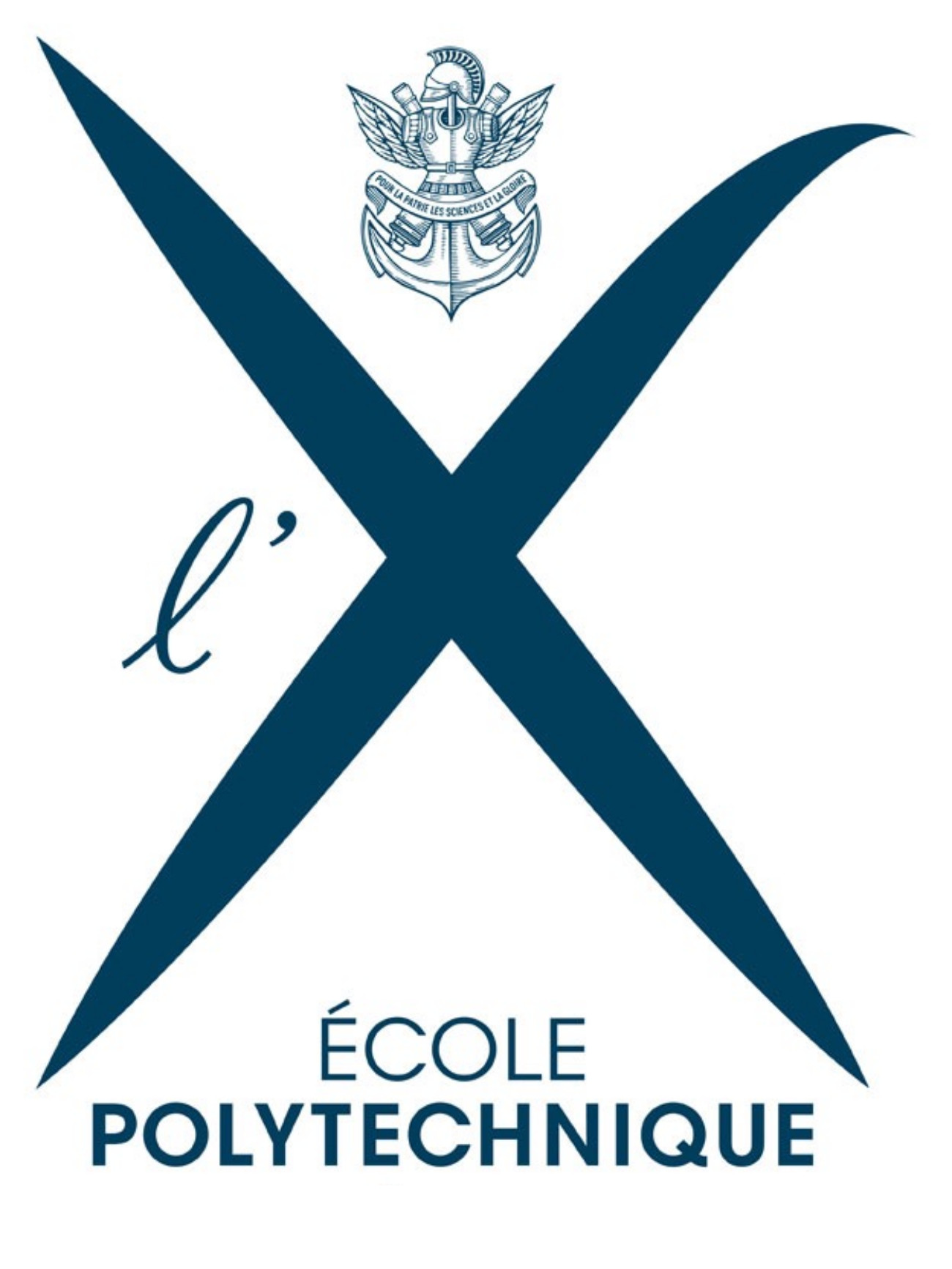
|
|
|
|
Registration information Please note that the IUTAM Symposia are reserved for invited participants. Those wishing to participate in an IUTAM Symposium are therefore advised to contact the Chair of the Scientific Committee in due time in advance of the meeting. Tribute to Timothy Healey's 70th Birthday
This symposium pertains to the study of mathematical methods in problems of nonlinear elasticity, continuum mechanics, and structural mechanics and is motivated by the many contributions of Timothy Healey in this area. Healey pioneered the use of group-theoretic methods in global bifurcation problems with symmetry. Along with Henry Simpson, he developed a nonlinear Fredholm degree to prove the existence of global solution continua in nonlinear elasticity. Along with many co-workers, his approach based on symmetry and global bifurcation/continuation has illuminated the behavior of a wide-variety of physical systems, including rod structures, lipid-bilayer vesicles, phase transitions, wrinkling in thin sheets, creasing in soft solids, and brittle fracture. Recently he has established new existence theorems for thin, nonlinearly elastic shells undergoing large membrane strains. Background Solutions to today’s important technological problems will often involve the use of advanced materials and structures in extreme environments. These demanding applications dictate that scientists and engineers develop a deep mathematical understanding of the global solution-sets for the relevant boundary value problems in nonlinear solid mechanics. Issues There are many open issues in this field, that straddle physics, mechanics, materials science, and applied mathematics. Encompassed are a diverse set of topics, such as the careful mathematical modeling of important phenomena at appropriate length and time scales; rigorous analysis of the resulting mathematical problems to learn as much as possible in the analytical setting; and efficient and robust computational analysis and simulation to learn what cannot be obtained from analysis alone. Objective and Topics The objective of the symposium is to bring together the different communities who work on the various aspects—experimental, mathematical modeling, and numerical simulations—of problems in the nonlinear elastic deformation of materials and structures. We plan to include scientists from the mechanics, physics and applied mathematics communities who study these problems at different length (from continuum to atomistic) and time (from geological to ballistic) scales. Topics of interest will include rod and thin structures theories, wrinkling and buckling problems, active materials and phase transformations, and fracture mechanics. Discussion will focus on the characterization of global bifurcation/continuation of solutions to these problems and their interpretation and application. Works presenting experimental, analytical, and numerical tools for the facilitation of such studies, such as high-speed digital image correlation, Fredholm degree theory, group-theoretic methods, and robust high-performance computational methodologies, are also welcome. Broadly, the symposium will endeavour to look back at the great milestones achieved over the preceding decades, and to look forward toward the developing ideas for solving the challenging problems of tomorrow. The symposium is supported by the following organizations The International Union of Theoretical and Applied Mechanics (IUTAM) is an international non-governmental, non-profit, scientific organisation that promotes theoretical and applied mechanics as a scientific discipline by organising congresses, symposia and summer schools.
The Jean Le Rond d'Alembert Institute (∂’Alembert) is a research laboratory whose mission is to expand the field of knowledge in all areas of Mechanics, Acoustics and Energy. ∂’Alembert is a joint research unit of the Faculty of Science and Engineering of Sorbonne University (formerly UPMC-Université Pierre et Marie Curie) and the CNRS (UMR 7190), also supported by the Ministry of Culture.
The CReC Saint-Cyr is the French Army's sole research centre. It holds a dual mission: to ensure the quality and consistent standard of teaching provided to AMSCC officer cadets and to be a major player in research within the Army. To this end, it is organised around two research structures the Humanities and Social Sciences Centre and the Engineering Sciences Centre for the Army.
The French Mechanics Association (AFM), created in 1997 at the instigation of the High Committee for Mechanics (HCM) and the University Association for Mechanics (AUM), with the decisive support of the Federation of Mechanical Industries (FIM), is a learned society representing the field of mechanics in France as a whole. The creation of the AFM was the result of the desire of 17 thematic scientific associations, some of which decided to merge completely, and numerous major industrialists in the field of mechanics. The AFM therefore took on the role of representing this ‘unique dynamic’ that is the gathering of French mechanics.
The LMS is a Joint Research Unit (UMR 7649) under the auspices of the CNRS and the Ecole Polytechnique, located on the Polytechnique site in Palaiseau (building 104). The overall aim of the laboratory is to address major scientific and technical issues concerning the mechanical and multiphysical behavior of materials and structures, as well as living tissues and organs, over a wide range of spatial and temporal scales. The laboratory develops robust and accurate models combined with cutting-edge experiments, combining mechanics with other physical fields such as thermics, magnetism, electricity or chemistry, to bridge the gap between material length scales. Mecamat is an association created in 1987 dedicated to favor exchanges in the mechanics of materials community. CNRS Research Group No. 2043, entitled Differential Geometry and Mechanics (GDM), was created in January 2019. Its mission is to develop links and stimulate collaboration between geometers interested in the practical applications of their work in continuum mechanics and mechanics who are interested in, use or need sophisticated geometric methods for the theoretical or numerical modelling of mechanical problems. It was renewed for five years on 1 January 2024. Currently, the GDR is organised around two areas of focus instead of four as previously, in order to stimulate more interaction and simplify exchanges. These two areas are now: Area 1: Geometric foundations of mechanics and Area 2: Poisson structures, integrability and geometry-based numerical schemes.
|









